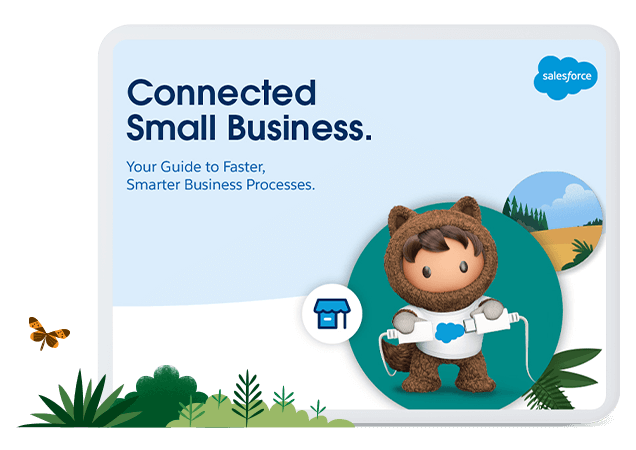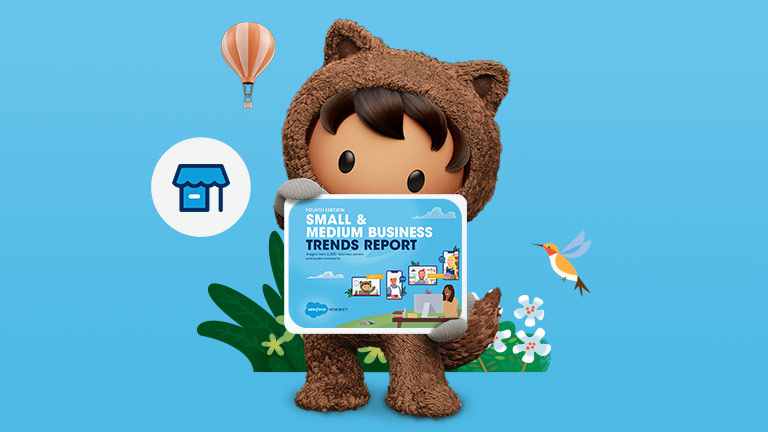Synergy can be incredibly powerful. For instance, picture the components of a sports car. Individually, they’re finely tuned to perform specific functions. They may be expertly designed and crafted for peak performance; but they’ll only drive you forward if they’re combined to work together. In other words,they show the transformative power of synergy. And when it comes to business synergy, creating something that’s greater than the sum of its parts can help SMEs unlock exciting benefits.
But how can SMEs create business synergy? And how can they leverage this synergy to drive their business to new places?
What is business synergy?
Synergy is the notion that individual pieces can be combined, or work together, to create a greater effect than they could individually. Business synergy, then, is combining organisations, or various parts of a single organisation, to achieve a larger impact.
SME’s can achieve business synergy by combining with other organisations through mergers and acquisitions, creating a greater whole, but it can also be achieved by connecting different functions and departments. This can have significant benefits for small businesses, which need to get the most out of their resources and talent.
Keeping expertise siloed limits its impact on individual departments or functions. But by connecting processes, SMEs can leverage the workforce's talent wherever it’s needed. Even better, they can unleash the power of data to make business-critical decisions.
Creating business synergy is a cost-effective way to drive large-scale business transformation, encourage a culture of data literacy, improve productivity and re-centre business processes around the customer. And unlocking those benefits may be easier than you think.
Here are ten tips for connecting processes and creating business synergy.
Ten tips for unlocking the power of business synergy
Focus on proximity, whether virtual or in-office. The future of work looks to be increasingly decentralised. Research shows that 74% of professionals expect remote work to become standard. And while sharing the same physical space can help build more tight-knit teams, it’s also important to keep virtual teams connected and aligned, even if it’s only during monthly meet ups or calls. Giving team members a feeling of proximity can help keep them engaged and on the same page.
Set KPIs and benchmarks for the entire business. Traditionally, most businesses set KPIs for each function, with sales, service and marketing having their own benchmarks. And while it’s essential to have individual targets, it can also be helpful to provide the workforce with the bigger picture. SMEs can keep their teams working towards a common goal by setting business-wide benchmarks.
Empower teams with digital tools and centralised data. One of the key benefits of connecting processes is unifying and centralising data. By eliminating siloed and rogue data, SMEs can empower their teams with trustworthy, real-time information, which is the bedrock of business intelligence. And by leveraging AI to automate routine tasks and chatbots to support service, they can improve both EX (Employee Experience) and CX (Customer Experience).
Get in the cloud. Once data is centralised in the cloud, it can be leveraged to enable real-time collaboration. This ‘anywhere, anytime’ office doesn’t mean the workday never ends; it just offers flexibility – a key concern for the workforce of the next normal. Just click, connect and collaborate, knowing that the SSOT (Single Source of Truth) provided by cloud computing means that everyone is working with the same data.
Look to fill skills gaps by redirecting talent. Breaking silos enables SMEs to use their talent to fuel more than one function. For instance, a sales team with a unique understanding of their customer’s needs can use that knowledge to help develop new products or services, even if that’s typically outside their remit. Or service can collaborate with IT to create apps that improve the customer experience.
Help the workforce reach their peak potential. One of the best ways to drive business transformation is by driving people transformation. On-demand training platforms like myTrailhead make it easy to skill up the workforce through custom learning journeys. Even better, over 50% of myTrailhead users have gained skills that led to a raise or a promotion. Flexible learning isn’t just the future of small business – it’s the present.
Promote a customer-centric vision. Business synergy unlocks big benefits for SMEs, but it’s important to put the customer at the heart of any transformation. We’re in a customer-centric age, and expectations for a seamless CX have never been higher. When connecting teams, make sure that the whole organisation is aligned in their vision and strategy to deliver exceptional customer journeys across the business.
Set up regular meetings between teams. It can be difficult to balance the new expectations for remote work and flexible scheduling while also prioritising the wellbeing of the workforce. Everyone is different. Some workers thrive in a virtual work environment, but others may struggle with feelings of isolation. Regular meetings will not only keep teams aligned – they’ll help keep them emotionally connected.
Encourage business-wide feedback. There are plenty of ways to encourage feedback from the workforce, from surveys to suggestion boxes. Performing a SWOT analysis for small business can help SMEs identify and fix productivity bottlenecks, as well as seize new opportunities. And by making these sessions cross-departmental, every employee will have a chance to address their individual experiences.
Highlight the ‘four Vs’. Today’s worker wants more than a paycheck; they want to work for a company they respect. They desire transparency. They’re ambitious. They’re mission driven. It’s more important than ever that a company’s employer branding showcases not just its product or service, but its responsible leadership. By focusing on values, vision, veracity and voice, SMEs can create an organisational North Star that workers can believe in.
Connecting processes can help SMEs reach their full potential
Siloed data, and isolated skill sets lead to disconnected experiences, both for workforces and their customers. By connecting processes and unlocking the power of business synergy, SMEs can get a better view of the customer. They can get the most out of their talent. They can be more innovative and more productive. And they can put their data to work for them in more intelligent ways. For small businesses, a brighter future starts with better connections.
To see more about how connected processes can benefit small businesses, download our eBook, Connected Small Business.







